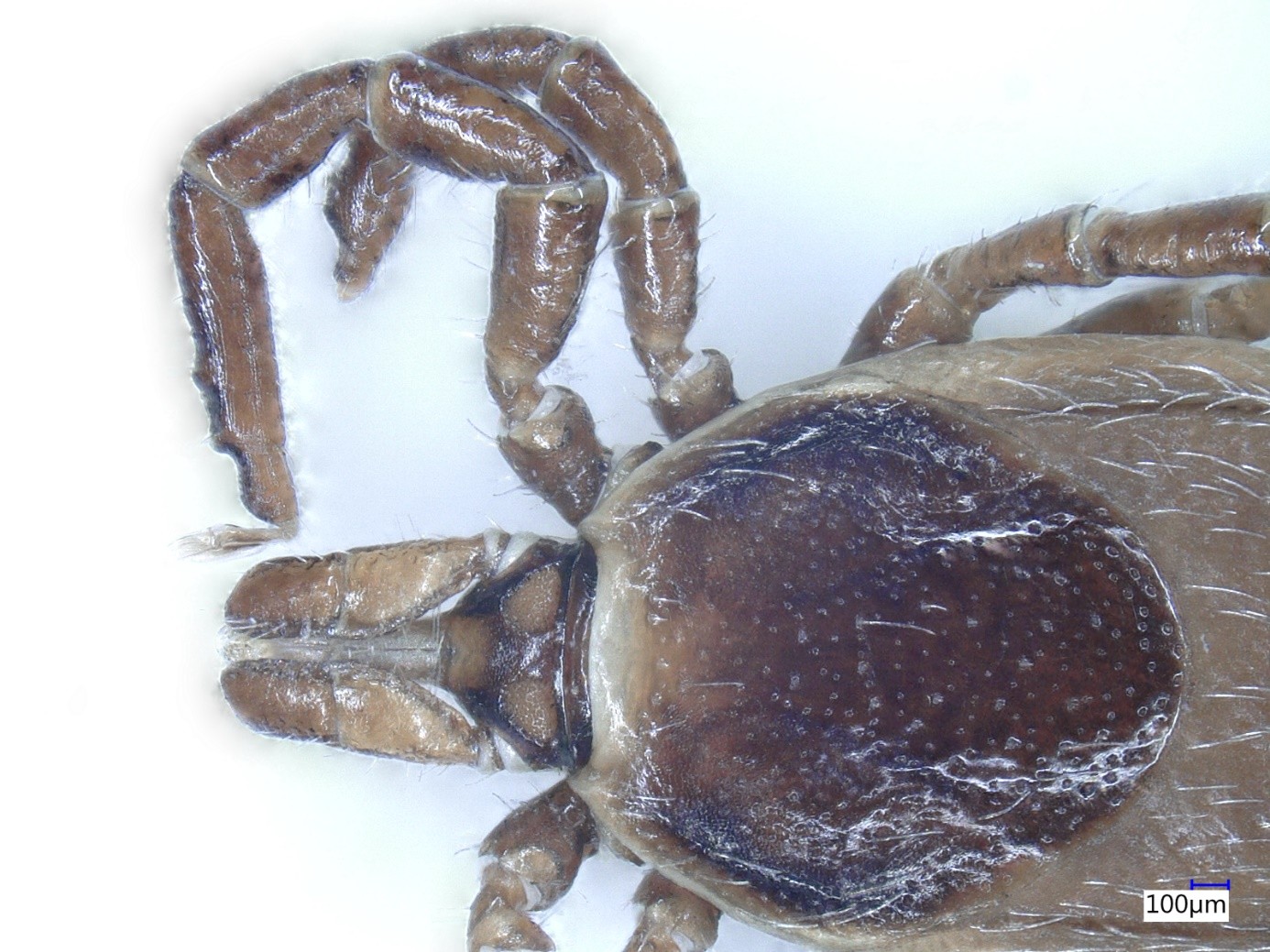Giant Report on the Future of the World Reveals How We Can Save the Planet
We are on a fast track into the unknown, according to a major international study. The Nexus Report, a comprehensive document spanning hundreds of pages by the intergovernmental organisation IPBES, reveals how global environmental and social crises—such as water and food insecurity and climate change—are interconnected. A researcher from the Institute of Evolution at the HUN-REN Centre for Ecological Research contributed as a lead author to the project’s complex technical implementation. In addition to sharing insights from the process, he also explained the surprising connection between public toilets, Lyme disease, and hedgehogs.

Some 160 leading international experts from nearly 60 countries spent three years working on the report of the Intergovernmental Science-Policy Platform on Biodiversity and Ecosystem Services (IPBES). Their aim was to explore how the world’s environmental and social crises are interconnected. The IPBES technical report highlights that these crises mutually compound each other. Consequently, efforts to address them separately may be ineffective or even counterproductive.
The Nexus Report finds that biodiversity is declining at all levels, from global to local, and in all regions. This ongoing degradation of nature, largely driven by human activities—including climate change—has direct and severe impacts on food security and nutrition, water quality and availability, health and well-being, resilience to climate change, and the natural resources provided to humanity.
What is the connection between hedgehogs and public toilets?
Gábor Földvári, a researcher at the HUN-REN CER Institute of Evolution, contributed to the Nexus Report in the field of One Health (the interconnected health of humans, animals, and ecosystems) and the ecology of diseases. Two other Hungarian experts from different disciplines, Zsófia Benedek (HUN-REN CERS) and Dr Eszter Tormáné Kovács (MATE), also participated in the complex research project. As a representative of the One Health approach, the ecologist from HUN-REN CER commented on the report: "The consequences of many communicable and non-communicable diseases are exacerbated by biodiversity loss, unhealthy diets, lack of clean water, pollution, and climate change." His own research focuses on how ticks and pathogens may spread more easily due to climate change and urbanisation.
The ecologist noted that while urban greening is beneficial for climate protection, it may inadvertently increase the number of hedgehogs in urban green spaces. More hedgehogs could mean more infectious ticks. Even if we stick to paved areas while walking, running, or cycling in parks, using bushes as makeshift toilets can expose us to blood-sucking ticks that can spread infections. "This suggests that installing more public toilets in parks could help reduce encounters with infectious ticks," emphasises Gábor Földvári. He also points out that well-maintained parks and gardens with sparse undergrowth offer fewer hiding places for ticks in urban environments.
As an interesting point, the researcher adds that when comparing the species composition of Margaret Island with that of a deciduous forest in the Pilis, the former has a much higher density of vertebrates (such as hedgehogs, rodents, and certain songbirds) that are well-suited to supporting both ticks and the pathogens they carry.
Scenarios with little upside
The Nexus Report comprises 52 separate studies and covers 186 scenarios for the periods leading up to 2050 and 2100. Although Gábor Földvári, leader of the Emerging Pathogen Ecology Research Group at the HUN-REN CER Institute of Evolution, was the lead author of the chapter analysing past and current trends, he mentioned that the future scenarios indicate that serious efforts are needed to halt the steadily worsening trends in key indicators of biodiversity, water, health, and climate change over recent decades.
"In this regard, the outlook is unfortunately quite bleak. If we take no action on climate, water, or preventive healthcare, the crisis will escalate exponentially," the researcher says. He adds that these sustainability challenges are not about the extinction of humanity but rather, for instance, the serious threats to technological civilisation. "If multiple crises intertwine—for example, if several major pandemics emerge while the impacts of extreme weather events intensify, or if the number of wars increases—then the inventions and tools of civilisation, such as those we are using right now to have a seamless online conversation from different parts of the world, could disappear very quickly," the ecologist emphasises.
At the same time, the report highlights examples of good practice. Restoring ecosystems with high carbon sequestration capacity such as forests, soils, and mangroves, conserving biodiversity, improving integrated landscape and seascape management, implementing urban nature-based solutions, promoting sustainable healthy diets, and supporting indigenous food systems can all have a positive impact on the whole system.
The train won't wait
The main aim of the complex report, which covers many areas, was to highlight the mistake of examining crises and issues in isolation, as they are intricately and clearly interlinked. If we fail to consider the impact of one crisis when addressing another, we will not be able to tackle them effectively. More integrated, equitable, and coordinated approaches are therefore required. "This is precisely why the latest IPBES report is a strong recommendation to governments and ministries to communicate with each other, and to think and act in terms of a 'nexus approach', because the different crises will not wait for one another to be resolved individually," emphasises the researcher from the HUN-REN CER Institute of Evolution.
According to Gábor Földvári, the most important aspect of the Nexus report is to raise awareness of how serious the situation is. The researcher believes that many people simply do not realise how fast the high-speed train we are on is travelling, and that it is not heading for a station, but for something else entirely.
The IPBES report contains a wealth of calculations, figures, and thematic findings, from which we have selected the most interesting ones:
- $5.3 trillion: Annual private-sector financial flows directly damaging to biodiversity
- $1.7 trillion: Annual public subsidies incentivising damage to biodiversity, distorting trade, and increasing pressure on natural resources
- ~80%: Proportion of humanity's demand for freshwater used to meet food production needs
- ~33% of reef-building coral species are at high risk of extinction, while nearly 1 billion people live within 100km of a coral reef
- 42%: Proportion of global population in 2021 unable to afford healthy diets
- >800 million: People affected by food insecurity in Asia and Africa
- 10x: Extent to which child mortality rates are higher in least-developed countries compared to high-income countries
- 9 million: Premature deaths in 2019 (16% of all deaths) estimated to have been caused by increased air and water pollution
- 60,000: Number of deaths in Europe in 2022 due to high temperatures caused by climate change
- 12,000: Disasters caused in the last 50 years by extreme weather-, climate-, and water- related events, leading to 2 million human deaths and $4.3 trillion in total costs
- 58%: Proportion of known human infectious diseases likely to worsen due to climate change

